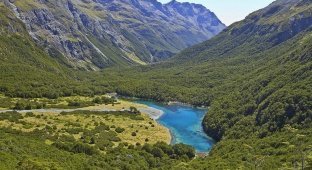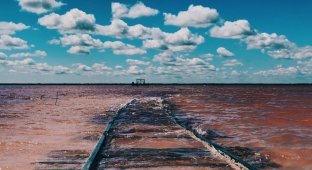All living things turn to stone in an ominous Tanzanian lake (6 photos)
Bloody Lake Natron in Tanzania strikes fear into animals and of people. Its water is the color of blood, and the animal that gets into it turns into stone. 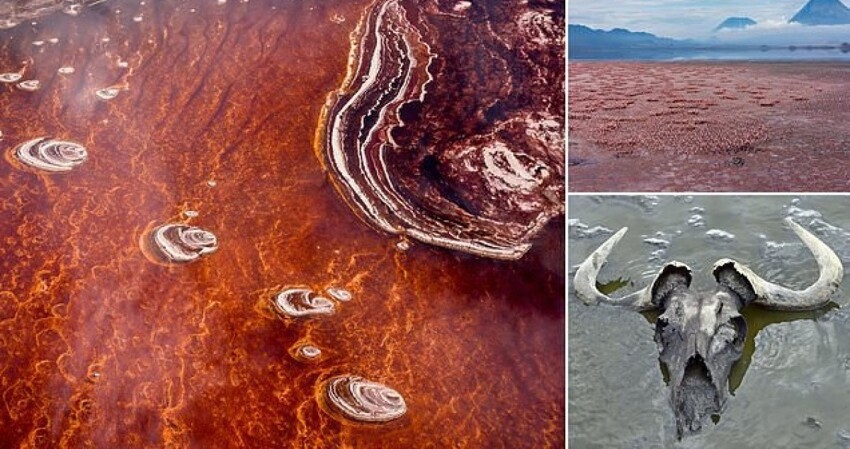
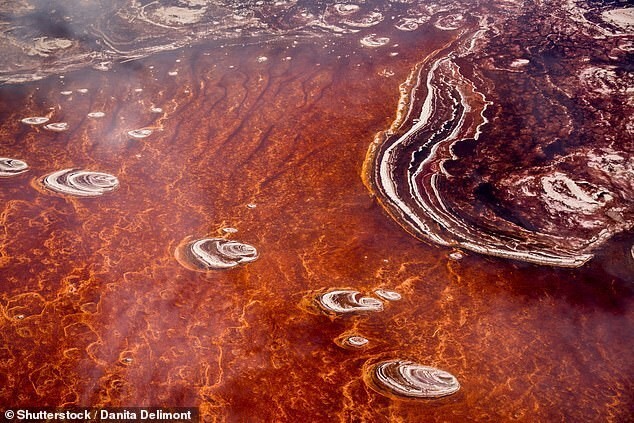
A picture of a lake that instantly transforms animals, touched its waters, into stone, is like a terrible fairy tale or ancient myth. However, such a lake really exists in Tanzania. Local animals live in fear of Lake Natron - one of the most deadliest lakes in the world.
Lake Natron is the most important breeding ground for flamingos. However, they risk freezing forever in its salty water if they dare get closer to the shore. 
Bacteria that turn water blood red are one of the few organisms that can tolerate temperature water at 26 ° C, a lethal concentration of salt and high alkalinity. By According to environmentalist David Harper of the University of Leicester, bodies falling into water, quickly decompose, and those that fall on the edge of the reservoir, covered with salt, which "keeps them there forever." 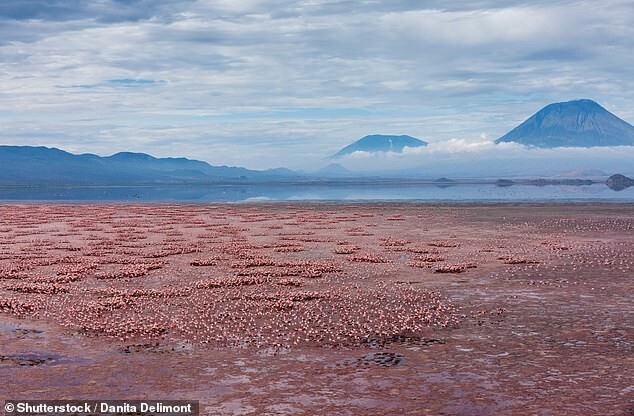
The nearby volcano Ol is to blame for the lethality of lake waters Doinyo Lengai, also known as the Mountain of God. He is the only one an active volcano spewing natrocarbonatites.
They enter the lake through streams that cut through the volcano, and contributes to hard alkalinity of water exceeding pH 10.
Only flamingos that feed on nutrient rich substances cyanobacteria, flock here to mate. But even they cannot escape the lethality of the salt lake and may become victims salt crust on the shore. 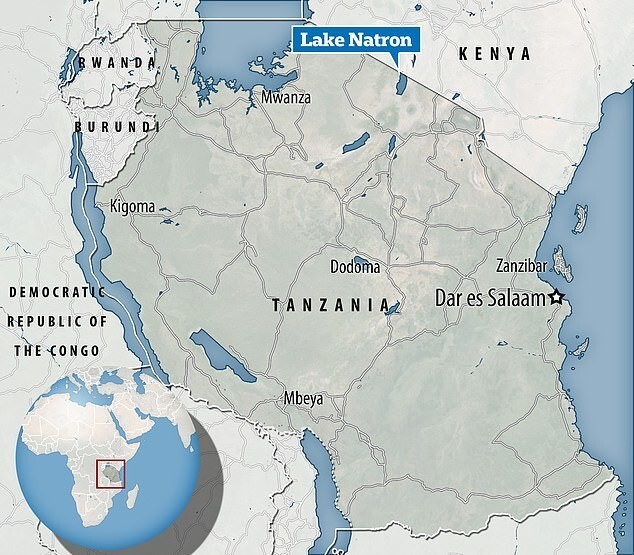
In his book about the lake, Over the Ravaged Land, photographer Nick Brandt said:
“I discovered many creatures - birds and bats - washed up on the shores of Lake Natron. No one knows exactly how they are dying. However, it is known that water has an extremely high content baking soda and salt so high that it will remove the coating from my films Kodak in a few seconds." 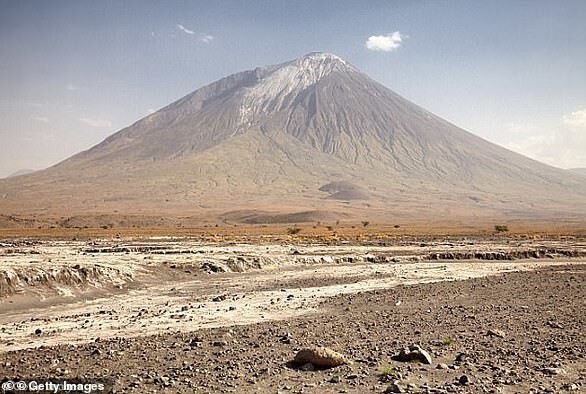
In addition to animal carcasses, Lake Natron retains an amazing legacy of the ancient history of mankind, going back 19,000 years. IN In 2016, geologists discovered more than 400 human footprints in the muddy shallows on the banks of the Natron.
“After the footprints had been pressed into the wet mud and ash, these deposits quickly dried up and hardened, ”said the geologist Appalachian State University Dr. Cynthia Luitkus-Pierce. That is why, according to the expert, they have been preserved for millennia.
The dirt that preserved these marks is believed to have been washed away. with Ol Doinyo Lengai, as a large number of ashes. At the same time, the surface dried up in a few days or even hours, keeping prints. “The lake has preserved the traces of our ancestors, fixing their activities during the late Pleistocene on the shores of Lake Natron," - added Luitkus-Pierce.












